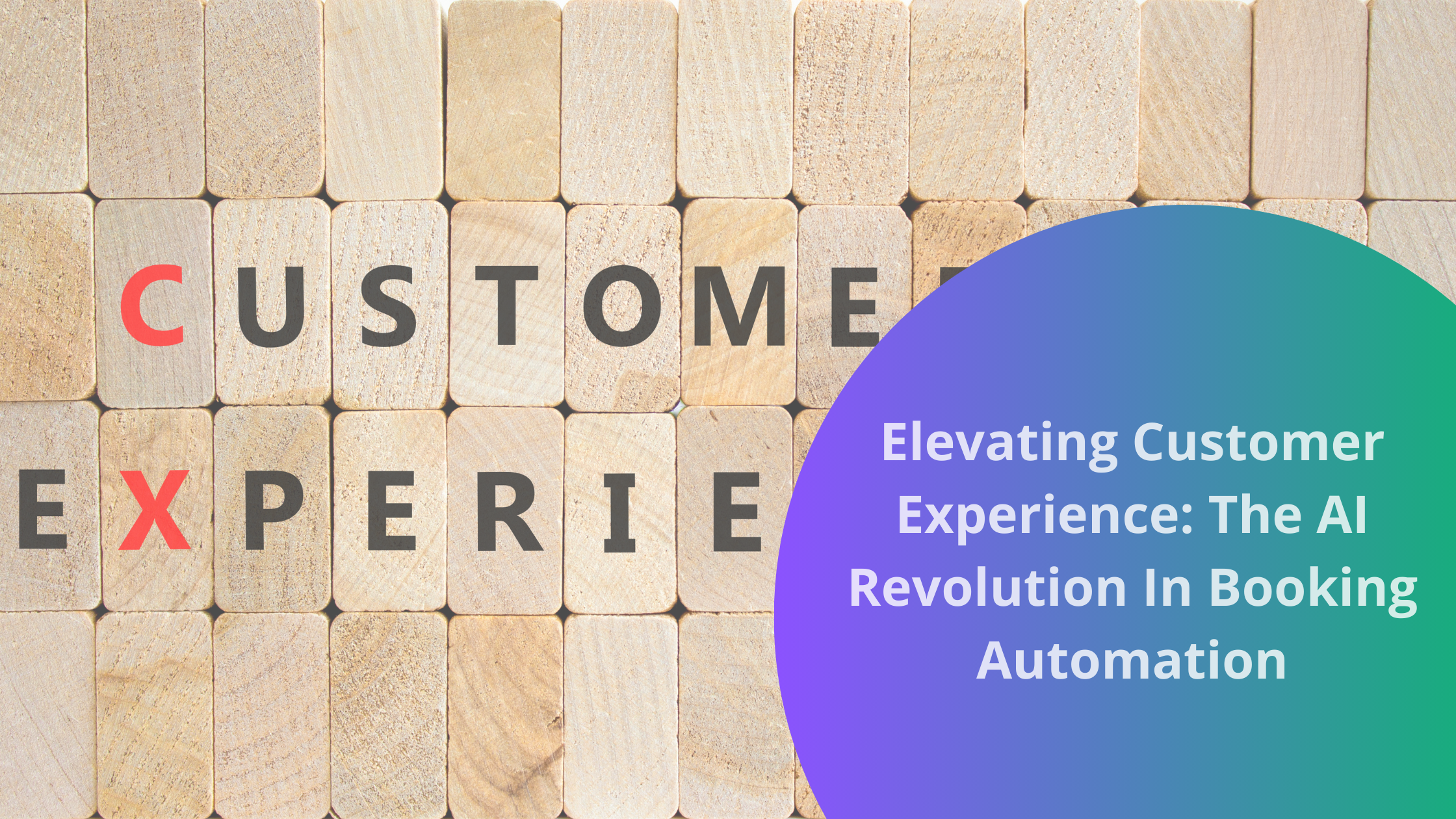In today’s rapidly evolving retail landscape, staying competitive while maintaining operational efficiency is paramount for businesses.
As consumer expectations continue to shift and technology reshapes the way we interact with brands, harnessing the potential of Artificial Intelligence (AI) has become important. One area where AI’s impact is particularly transformative is retail customer service – a pivotal touchpoint that directly influences customer satisfaction.
As per Globalnewswire, the global artificial intelligence in the retail market is placed at US$ 6 billion in 2023.
This blog post delves into the dynamic realm of AI-driven customer service in the retail sector. It explores a range of innovative strategies and practical implementations that empower businesses to cut operational expenditures without compromising the quality of customer support.
We’re about to uncover how AI technologies are revolutionizing retail customer service, leading to both financial gains and enhanced customer relationships.
AI’s Role in Retail Customer Service
To be precise, 47 per cent of respondents say that AI can significantly enhance inventory management by managing costs and buyers’ needs.
AI plays a significant role in enhancing retail customer service by improving efficiency, personalization, and overall customer experience.
Here are some key ways in which AI is transforming customer service in the retail industry:
- Chatbots & Virtual Assistants: AI-powered chatbots and virtual assistants can provide immediate responses to customer inquiries, 24/7. Chatbots can handle routine queries, such as checking product availability, processing returns, or answering frequently asked questions, freeing up human agents to focus on more complex issues.
- Personalization: AI algorithms can analyze customer data to create highly personalized shopping experiences. This includes recommending products based on past purchases, browsing history, and demographic information. Personalised recommendations not only improve customer satisfaction but also increase sales.
- Predictive Analytics: AI can analyze customer data to predict future purchasing behaviour and trends. Retailers can use these insights to stock the right products, plan marketing campaigns, and optimize inventory management. For example, if AI predicts a surge in returns for a particular product, retailers can prepare by adjusting staffing levels and inventory.
- Visual Search: Visual AI allows customers to search for products using images rather than text. This technology can help customers find exactly what they are looking for quickly and easily, reducing frustration and improving the likelihood of purchase. For example: Customers can submit images of products they have questions about, enabling support agents to provide more accurate and efficient assistance.
- Inventory Management: AI-powered tools can optimize inventory levels, reducing out-of-stock and overstock situations. This ensures that customers can find the products they want when they want them. In improving the internal operations, the incorporation of tools such as plumbing management software can streamline tasks related to maintenance and logistics. This software helps manage different aspects of the supply chain, ensuring that processes such as stocking and replenishing are done more efficiently, contributing to a well-organized inventory system. AI can help retailers manage inventory turnover rates efficiently. By reducing the time products spend in the warehouse, capital is freed up for other investments, and carrying costs are minimized.
While AI can handle many tasks efficiently, there will always be scenarios where human agents are necessary, particularly for complex or emotionally charged issues.
According to Salesforce, 23% of customer service companies are currently using AI. The key is integrating conversational AI in the retail industry seamlessly into the customer service process to leverage maximum benefits.
Best Ways to Cut Customer Service Costs with AI
As per stats, “49% of CS pros who already use it in their role think that AI tools will be able to do most customer service-related tasks independently”.
Using AI to generate appointments automatically and reduce cost can be a smart strategy for businesses. Here are several ways in which AI can help cut customer service costs:
Chatbots & Virtual Assistants: Implement chatbots or virtual assistants to handle routine customer queries and tasks. These AI-powered systems can provide quick responses to frequently asked questions, helping to reduce the workload on human agents.
For example: Sephora utilizes AI in its Virtual Artist feature. It allows customers to try on makeup virtually. This enhances the shopping experience and reduces the number of in-store visits for makeup testing.
Automated Ticket Routing: Use AI to automatically route customer support tickets to the most appropriate agents based on the nature of the inquiry. This ensures that complex issues reach experienced agents while simpler ones can be resolved by less experienced staff or bots.
Self-Service Portals: Create self-service portals or knowledge bases that are powered by AI. These portals can provide customers with answers to common questions, troubleshooting guides, and other resources, reducing the need for live support.
For example: Amazon has a comprehensive self-service portal where customers can track orders, initiate returns and manage their prime membership.
Sentiment Analysis: Implement sentiment analysis tools to monitor social media, reviews, and customer feedback. For example: Bank of America: Bank of America employs Erica, an AI-driven virtual financial assistant, to help customers manage their finances. Erica can provide insights into spending habits, set up savings goals, and offer financial advice, reducing the need for customers to visit bank branches.
Automated Email Responses: Use AI to automatically categorize and respond to customer emails. AI can suggest or draft responses for human agents, saving them time and ensuring consistent communication.
Voice Recognition & IVR: Implement AI-powered voice recognition systems in your interactive voice response (IVR) systems. This can help route calls more efficiently and handle basic inquiries without the need for human intervention.
Chat Analytics: Analyze chat interactions between customers and agents using AI to identify common issues and areas where improvement is needed. This can lead to process optimizations and improved training. Chat analytics can identify areas where chatbots struggle and require human intervention. By refining chatbot responses based on analytics insights, retailers can reduce the workload on human agents, thus reducing labor costs.
Predictive Maintenance: For businesses that offer products or services with physical components, AI can help predict when maintenance is needed, reducing the number of support calls related to product failures.
Personalization: AI can analyze customer data to provide personalized recommendations and solutions. This can lead to increased customer satisfaction and reduced support costs by addressing individual needs more effectively.
For example, if analytics indicate a potential surge in product inquiries, retailers can increase chat support staffing during peak times, reducing customer wait times and dissatisfaction.
By strategically implementing AI solutions in customer service, businesses can streamline operations, retain clients and boost repeat business online, and provide faster and more accurate customer support.
Key Takeaways
In conclusion, the integration of Artificial Intelligence (AI) into retail customer service has proven to be a game-changer in optimizing operational efficiency and cost savings.
As the retail landscape continues to evolve, businesses are recognizing the immense potential of AI to transform customer interactions while simultaneously reducing operational expenses.
From the deployment of AI-powered chatbots and virtual assistants that handle routine inquiries around the clock to the implementation of predictive customer service strategies that preemptively address issues, the possibilities are vast.
Perhaps most significantly, AI-driven analytics provide invaluable insights into customer behaviour, preferences, and pain points. Armed with this information, retailers can fine-tune their processes, generate leads from social media, and optimize resources to ensure continuous improvement.




